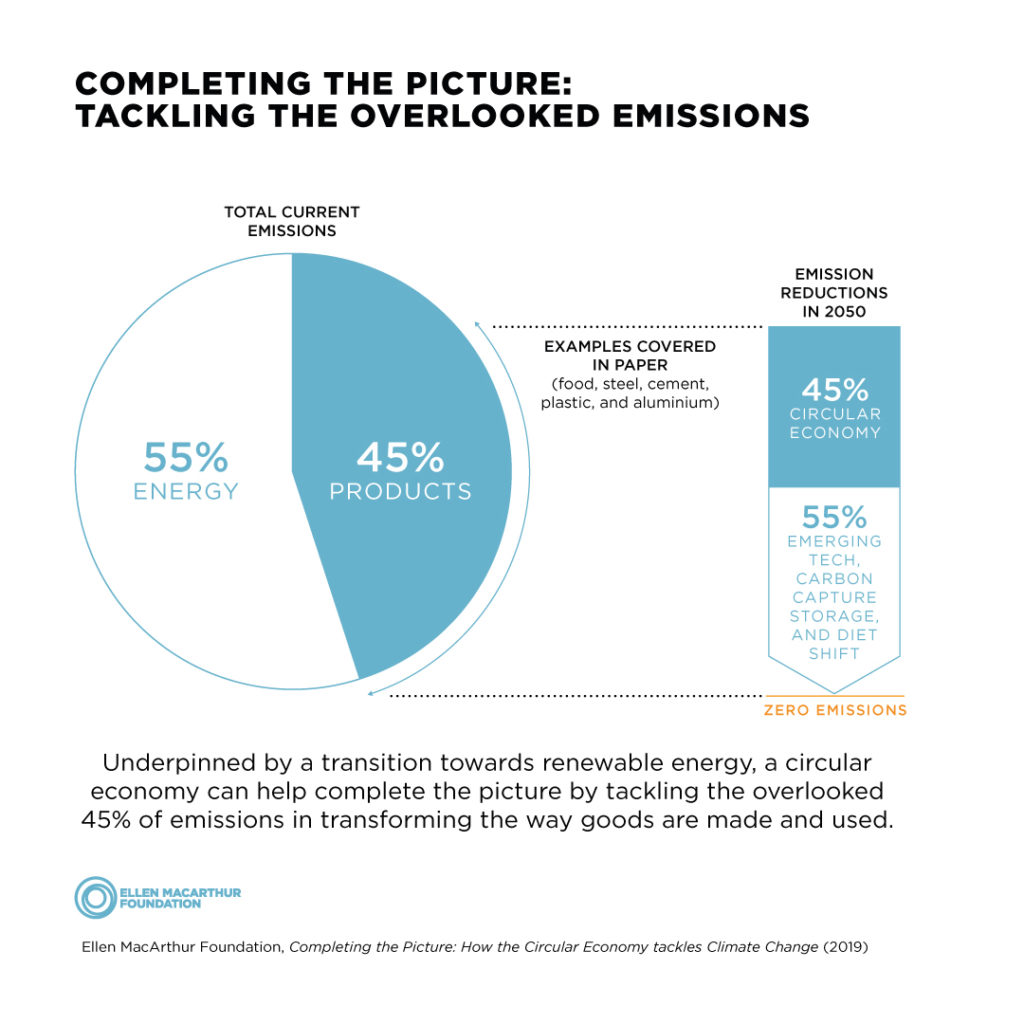The climate crisis requires the fashion industry to transform
H&M Group wants to take the momentum of the climate debate to put the focus on the importance of having joint strategies to address the impact on climate while transforming the business into a circular economy.
The climate crisis requires companies such as H&M Group to take a stand and act on their impact on climate. Our ambition to become climate positive by 2040 through energy efficiency, investments in renewable energy and climate resilience, is one example of how our climate priority in our sustainability agenda has developed with clearer roadmaps and goals.
We are not far from achieving our goal to only use renewable electricity in our own operations, which stands for 96% today, or reducing the energy used per square meter by 25% before 2030. But working on energy transition and energy efficiency is not enough if a broader perspective to the business is not taken.
Completing the picture: how the circular economy tackles climate change. A report by the Ellen MacArthur Foundation

The latest report from the Ellen MacArthur Foundation raises precisely the need of having energy transition and energy efficiency strategies in place. But also, not being enough. These strategies address 55% of the industry’s total emissions, while the 45% rest comes from how we manage land, produce and consume products. That is why applying circular economy solutions go hand in hand with taking action on business impact on the climate.
“The fashion industry will not exist in the future if we continue producing and using fashion in the same way.
Climate crisis requires us to take great steps to transform our whole industry. This report clearly shows how shifting to a circular economy and treating waste as a resource enable us to drastically reduce our footprint and reach our goal to become climate positive,” says Anna Gedda, Head of Sustainability H&M Group.
The report argues that “putting in place a circular economy is a fundamental step towards achieving climate targets. Such a shift moves us beyond efforts to minimise emissions in our extractive linear system. It offers a systematic response to the crisis by both reducing emissions and increasing resilience to its effects. The benefits encompass meeting other goals such as creating more liveable cities, distributing value more widely in the economy, and spurring innovation. These attributes make the circular economy a potent contributor to achieving zero-carbon prosperity.”
As climate crisis is not something a company can address on its own, especially when we share complex global supply chains, industry-wide collaboration within policy makers, business, investors and academia plays a critical role.
H&M Group’s 5 key climate goals and progress
- 20,649t of old garments were collected in 2018 through our instore garment collecting initiative so we could give them a second life by reusing or recycling them. The goal is to collect 25,000t per year by 2020.
- 57% of all our materials are either recycled or sourced in a more sustainable way. The goal is to achieve 100% by 2030.
- 96% of all the electricity used in our own operations is renewable. The goal is to achieve 100%.
- We reduced by 8.2% the energy used per square meter. The goal is to reduce by 25% having 2017 as baseline.
- We reduced carbon emissions by 11% in our own operations. The goal is to achieve a carbon neutral supply chain by 2030.
Read more about H&M Group’s climate work here.
#circulareconomy
#ClimateWeekNYC
#completingthepicture